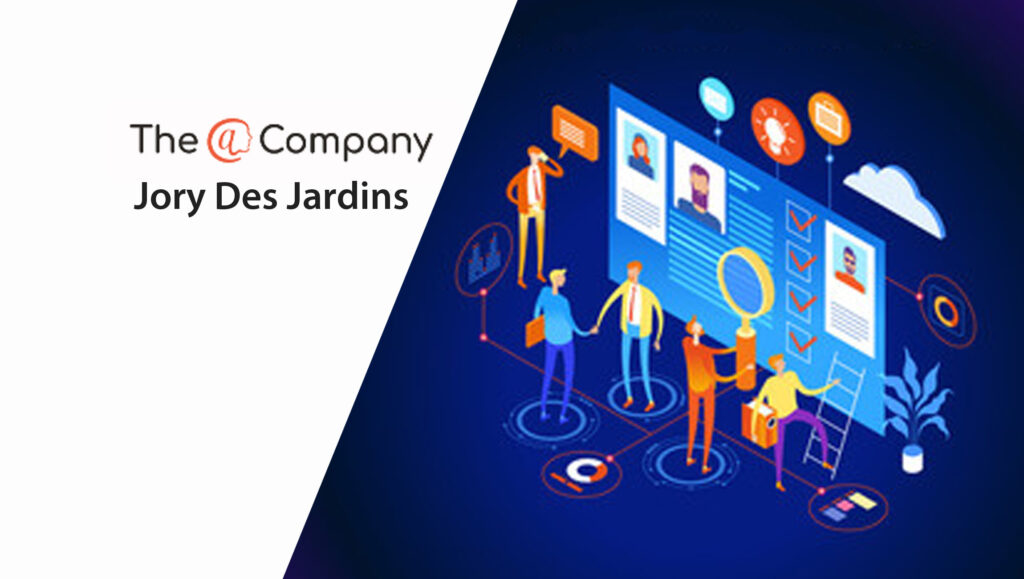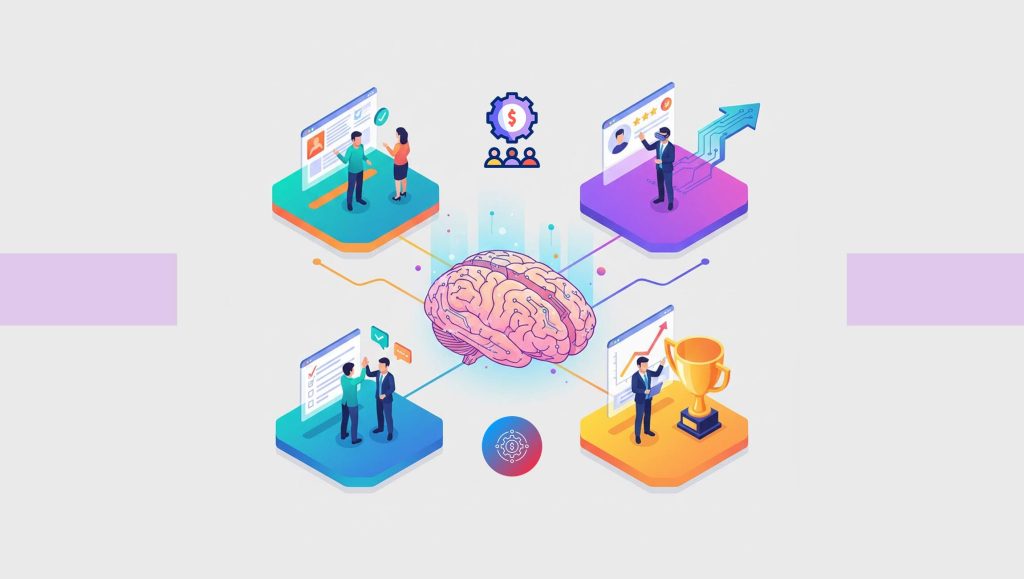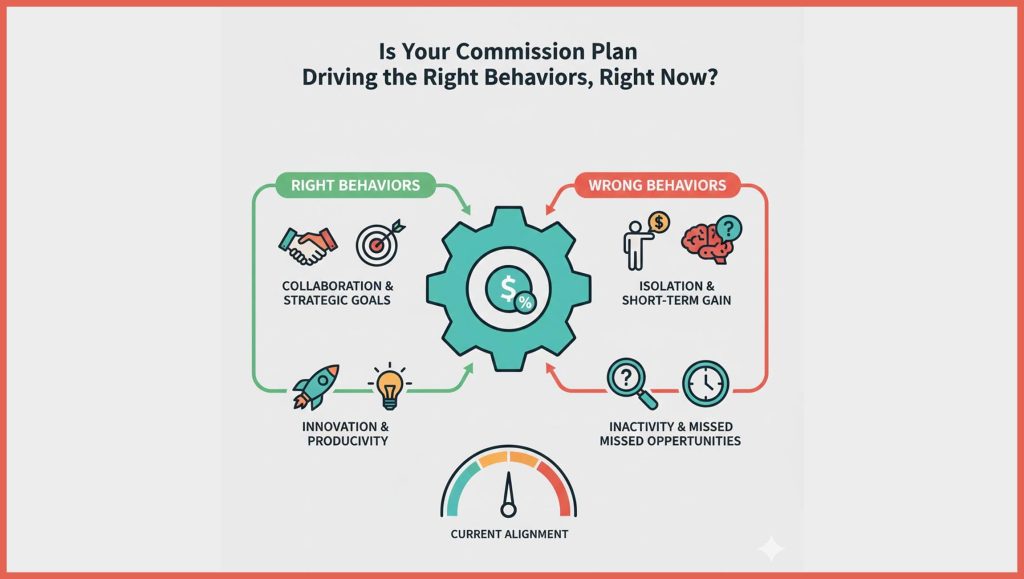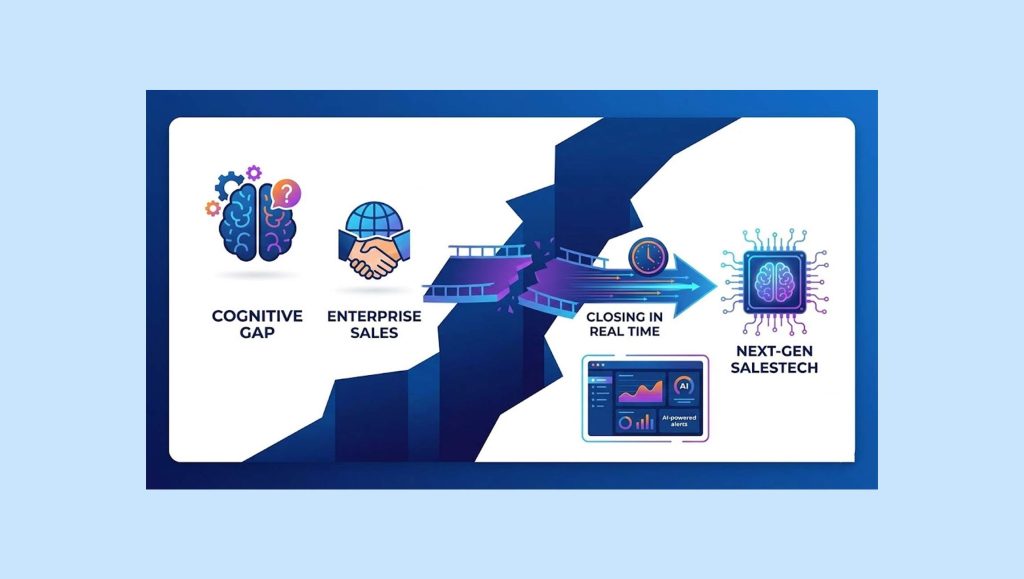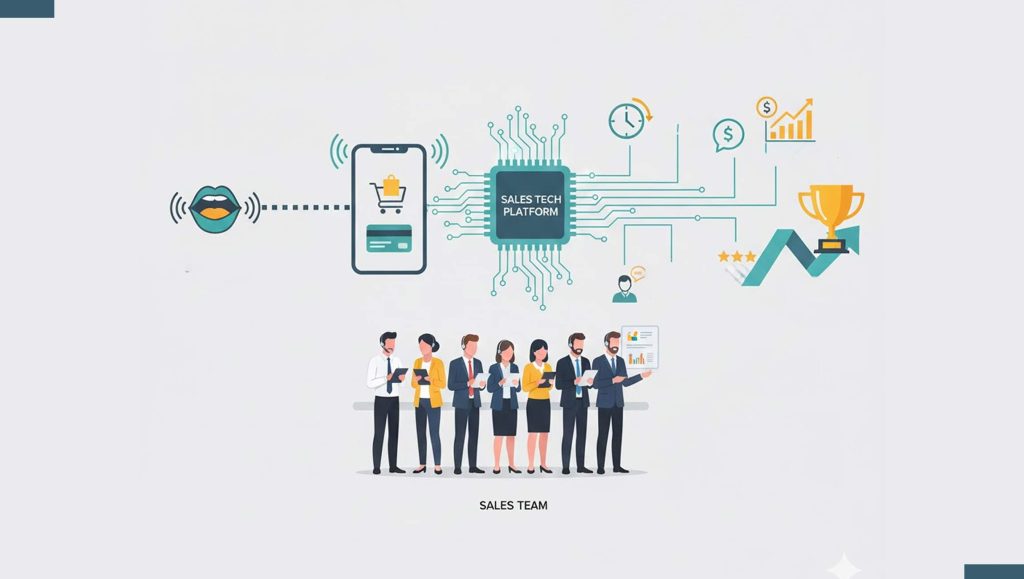A post-cookie-era CRM strategy and marketing mantra
While watching a show on Animal Planet with my kids, I experienced something I haven’t in years of owning a DVR: commercials. We couldn’t fast-forward past them. My kids seemed confused; my husband was outraged. I, on the other hand, hardly gave it a second thought.
Read More : Alida Welcomes New Chief Revenue Officer to Accelerate Global Growth
As a former founder and professional in the digital media industry, I saw advertising as my bread and butter. But like many expats of the media business, I tired of having to constantly adapt to new ways of making it relevant. At best, advertising doesn’t divert, but rather siphons off audience attention. And most ad tech worked with this underwhelming truth as its operating principle: Programmatic tech ensured that not a single precious drop of attention, even a disinterested one, was wasted on a blank ad view. Native advertising ensured engagement with brand messaging by camouflaging it as content. Cookies enabled audience tracking by convincing us we were being surveilled for our own personalized benefit. Retargeting took any organic attention a brand message may have received and placed bets on the relevance of its half-life, displaying it at a higher frequency than any rerun of Seinfeld, Friends, andAll in the Family combined.
I always bristled when any of these adtech innovations emerged but came around to accepting them like hot snacks on long-haul flights in coach: What alternative was there but to starve? Many of us acquiesced and even reinvented ourselves into Data Strategists, Adtech Analysts, even Chief Data Officers. Quality content engagement was nice, but performance data, then third-party data, and eventually First-Party Data, became the gold standard of metrics. And how else could FPD be won without some form of manipulated interference?
Google’s plans to get rid of cookies on the Chrome browser elicits relief that a form of data capture we were never quite comfortable with is being eradicated, but also fear of losing our hold on FPD and disenchantment with the institution that addicted us to this form of audience insight to begin with. While we are in cookie rehab, maybe now is the time to rethink our relationship with customers and their data. Was tethering ourselves to them with surveillance really the best way to build it? Put another way: What if we could purchase First-Party Data with a different kind of currency? One that requires zero surveillance: Trust.
Bad Blood, and Zero-Party Data:
Even as recently as 2018, when the Cambridge Analytica scandal opened the public’s eyes to the calamitous fallout of abuse of people’s data, relatively digital-media-savvy folks like myself blamed ourselves for the transgression, arguing we checked “Accept” when we signed up for Facebook back in 2004. We should have stayed on top of best practices in AI and data collection…and repaired our crystal balls.
But today, thanks to the well-told docudrama, The Social Dilemma, consumers are more conscious of “people-as-product” platform business models. Organizations such as Andrew Yang’s Data Dividend Project and privacy regulations such as GDPR and CCPA are validating consumer awareness of their digital footprints. Consumers are “woke” to privacy and voting against surveillance with their feet (or mobile phones): Witness the surveillance-free chat app, Signal, seeing a 4,868% jump in monthly users earlier this year, when WhatsApp announced a shift in its privacy policy for business users.
Consumers don’t really care about how their data is being protected—whether through end-to-end encryption, blockchain, or magic—just so long as the tech is designed to give them ownership and control over their data (including the ability to revoke it at will), ask for permission to access it, and not surveil them while doing so. Long, boring user policies will no longer lull your everyday consumer into submission; they’ve learned to read the label, and if they can’t pronounce the ingredients in your data privacy policy they won’t download your app.
Today I take an admittedly more extreme (and macabre) view of my personal data and my relationship to it: I liken it to blood. I produced it; so I decide if I want to sell it, donate it or allow you to analyze it. It flows and refreshes constantly, becoming less vital, less relevant, with each passing second after collection, so I, rather than any second or third party, must remain the only possessor of it. Even First Party Data is stale, as it only captures a snapshot of me at a single point in time. Some companies may have my five, ten, even 20-year-old First-Party scabs in storage. How gross.
The best data a brand can have is Zero-Party Data—permissioned, ephemeral access to the data source that can be revoked at any time. Imagine, then, what I might be willing to share with you: You’d know more than just the facts needed to get me a free sample, discount, or reward. You would get access to insights: My priorities, my milestones, my very latest, updates in real time because they come directly from the source. I might tell you what I want to buy, where I want to travel, and that I’m in the market for an upgrade on my gaming console. I may even tell you which commercials I would pay attention to.
So what am I suggesting here? A purge of all First-Party Data?Blood in the virtual streets? That’s dramatic. And we worked too hard for FPD to blow up the infrastructure built to capture it. We can, however, begin to shore up trust, an alternative asset that over time will make any data captured through surveillance irrelevant.
We can’t measure trust’s impact—yet. But consumers are showing us that there is no better way.
Read More : SalesTechStar Interview with Mariya George, Co-Founder and President at Cleareye.ai

